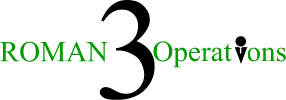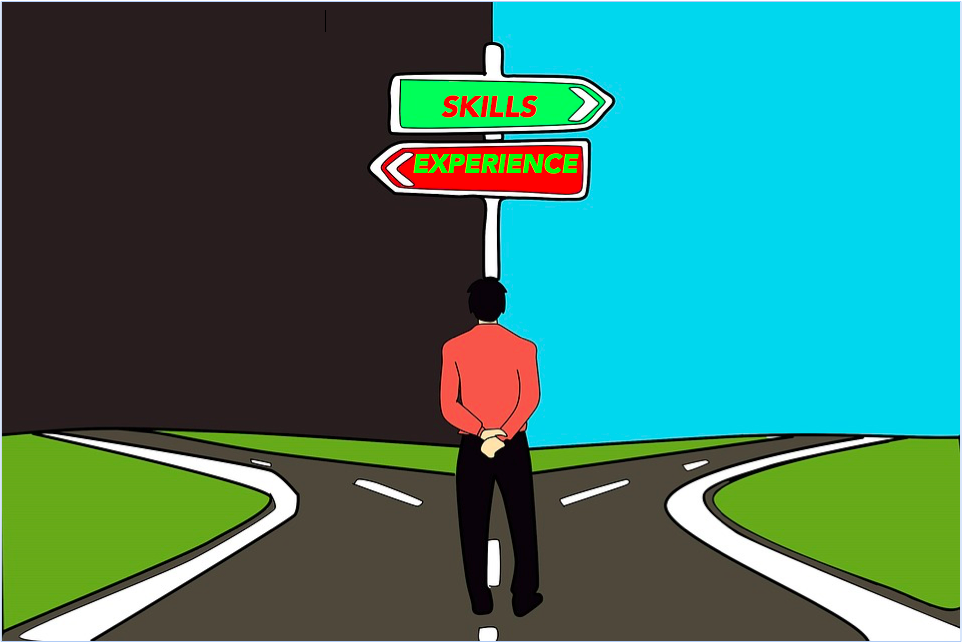Quantum Thinkers Have Real Superpowers – Are You One of Them?
Quantum Thinking: What is it?
There is some confusion about what, exactly, quantum thinking means. Some think it’s connecting your mind, body and spirit; some think it’s a tactic to better understand and embrace physics, and still others think it can be a magical way to live a happy and perfect life.
Now, I don’t know about any of that. I won’t tell you how to connect your mind, body and spirit, or help you understand physics or promise you a perfect life. I want to talk about quantum thinking from a cognitive, adult learning perspective. Quantum thinking is about a depth and speed of processing that could be a vital and game-changing skill when it comes to leadership, innovation, management and education. It involves using multi-dimensional thinking and thematic analysis to discern and synthesize complex information from seemingly random memory, in real time. In an overly simplified way, quantum thinking is about developing a seemingly limitless mental capacity. Who wouldn’t want that?
I first came across quantum thinking, or to be more to the point, “high capacity” quantum thinking, when I was a grad student doing research on cognition and transformative learning. I was reading a book by celebrated adult educator Jane Vella. She only touched on this concept in the book, but it peaked my interest and I dug further into it. I discovered that different kinds of thinking can be expressed as an upside down hierarchy in terms of capacity and depth. In this model, linear thinking falls on the bottom, creative thinking (spreading your thinking outward) and critical thinking (reflecting and analyzing information) sit in the middle and high capacity quantum thinking has all of it and more.

So, again: What is it?
High capacity quantum thinking is the ability to simultaneously and systematically connect six different skills:
Creativity – explore alternate options and pathways, even unconventional ones.
Intuition— trusting the information, higher-order concepts, and ideas that come to your mind.
Unrelated storage – being able to learn and store information without immediate relevance and then recall and connect it once it becomes relevant.
Information integration – the ability to integrate information from all sources into actionable and practical concepts
Synthesis – creating foundational and practical knowledge from the information and concepts created and stored.
Accelerated Processing – being able to make connections, process and learn information, and master new tasks at an intensely quick rate.
How can I use this information?
The real question is, how can high capacity quantum thinking help you? For the purposes of this article we’ll talk about how to look for signs of quantum thinking in your potential job applicants.
High capacity quantum thinkers are a gift to some industries and a curse to others. If you’re looking for employees to just tow the company line, be given tasks to repeat the same way everyday until they retire, maintain status quo, and think within the box, then you need to stay clear of high capacity quantum thinkers. They will drive you crazy, be unhappy, and most likely will not use their hyper accelerated thinking skills to make your life easier.
On the other hand, if you’re looking for more efficiency in your process, looking for new and meaningful connections, need answers to questions you haven’t even thought of yet, and want all of this yesterday—then you, my friend, need to be in the market for a high capacity quantum thinker.
So where do you find them?
That’s a tough one. Most high capacity quantum thinkers don’t even realize this is what they are. They tend to believe that having a mind that goes a mile a minute and sees all the angles is what everyone experiences. Interestingly enough, many high capacity quantum thinkers may have been misdiagnosed as having ADHD as kids. This might be because ADHD is marked with having a need to have your mind stimulated, and looking beyond the task you are currently engaged in to find that stimulation. The undisciplined high capacity quantum thinker may appear to be scattered, unfocused or having poor follow through. This is because having information and inspiration constantly coming at you can be overwhelming and extremely distracting. Like most super powers, they’re a burden until you learn to harness and control them.
So, let’s reframe the question.
Where do you find DISCIPLINED High Capacity Quantum Thinkers?
It’s likely they’re already applying for positions in your company. High capacity quantum thinkers know what kind of work and projects interest them and they’re eager to seek them out. You will find them among the resumes and cover letters that speak about their potential, their achievements attained in a short period of time, will likely have had three or four jobs in a ten year span, which they’ve left to pursue more exciting prospects. They won’t have the twenty years of experience you’re looking for, they will be the ones who sound confident and engaged, but whom you thought were probably “too green” or inexperienced to consider as a serious candidate.
Overlooking high capacity quantum thinkers is understandable. Lots of people claim to be great and able to meet all of your needs. Hiring people is risky, so you play it safe and go with the most experienced candidates. It makes logical linear sense. But if you’re going to choose people who have done the job before, you’ll likely get employees who will do things the way they’ve always been done. However, if you want to increase the capacity of your business, you need to invest in increasing the “High Capacity” of your employees. The best advice I can offer to help you spot them is to look for people who have been able to complete excellent work in surprisingly short time frames, people who routinely over-deliver in terms of quality and deadlines, and people who can find connections, unique perspectives, and transferable elements in seemingly random or limiting situations. If you can harness the power of a quantum thinker you can have your very own super hero at your disposal, and again…who wouldn’t want that!
Roman 3 is an advising and solutions firm that specializes in inspiring progressive action, creating a culture of innovation, and assisting organizations in implementing transformative change. We help you build capacity, collaborate, be progressive, and grow to your full potential. For more information on our services and support check us out at www.roman3.ca






